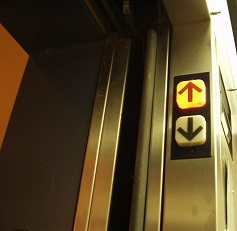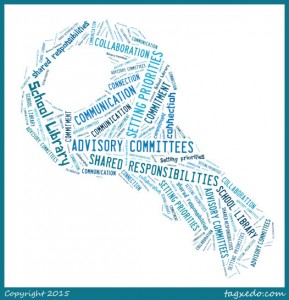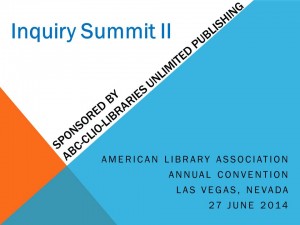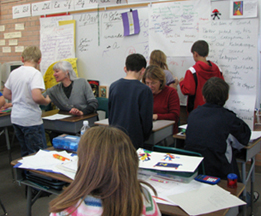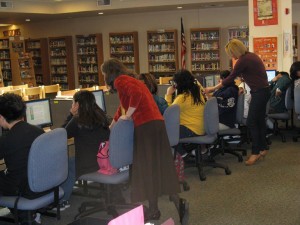 One way that school librarians are responding to STEM/STEAM/STREAM is to house makerspaces in the physical space of the library. Involving students in hands-on opportunities to practice the creativity and critical thinking that can lead to innovation is a timely goal. In fact, and however, school librarians who have been effectively integrating technology tools into teaching and learning have been providing students many of these opportunities for decades.
One way that school librarians are responding to STEM/STEAM/STREAM is to house makerspaces in the physical space of the library. Involving students in hands-on opportunities to practice the creativity and critical thinking that can lead to innovation is a timely goal. In fact, and however, school librarians who have been effectively integrating technology tools into teaching and learning have been providing students many of these opportunities for decades.
The difference with today’s makerspace movement seems to be the emphasis on the types of tools students use in their making plus a greater emphasis on experimentation/trial and error rather than on creating final products to demonstrate learning. Some makerspaces operate in isolation from the classroom curriculum and could be described as “free play” centers that are neither constrained nor bounded by curriculum. These spaces may be facilitated by the school librarian working in isolation. Other makerspaces are integrated into the published curriculum and may be facilitated by a team of educators that includes the school librarian.
In Texas, Robin Stout, district-level Media Services and Emerging Technologies Supervisor (@BeanStout), Jody Rentfro, Emerging Technologies Specialist (@J_O_D_Y_R) and Leah Mann, Library Media Services Instructional Specialist (@LMannTxLib), are spear-heading an initiative in Lewisville Independent School District (#LISDlib). LISD school librarians are piloting a Mobile Transformation Lab that moves beyond traditional “making” to address STEM/STEAM through collaborative lessons based on content area standards and district curriculum.
The team partners with campus librarians, classroom teachers and members of the curriculum department in collaborative planning meetings. The group examines the essential questions for the curriculum topic and decides which technologies from the Mobile Transformation Lab will best support the learning. Jody and Leah bring the agreed-upon resources to campus and co-teach lessons with campus staff for an entire day. They also participate in planning extension or follow-up lessons with the campus group.
You can see this process in action here:
http://goo.gl/znnvyn
http://goo.gl/wtjf8L
The Library Media Services and Emerging Technologies department offers an ever-growing repository of lessons from this project and tools to support librarians as they implement STEAMlabs with their students: http://hs.moodle.lisd.net/course/view.php?id=1010
This initiative has the potential to position school librarians as co-leaders in STEM/STEAM/STREAM learning. With an emphasis on collaborative classroom-library lesson plans, school librarians can achieve the hands-on creativity and critical thinking goals of makerspaces while school library programs remain at the center of their schools’ academic programs.
This is a makerspace strategy that is a win for students, classroom teachers, and school librarians, too.
Copyright-free Image by pippalou accessed from the Morguefile <http://bit.ly/1ccKDO1>.



